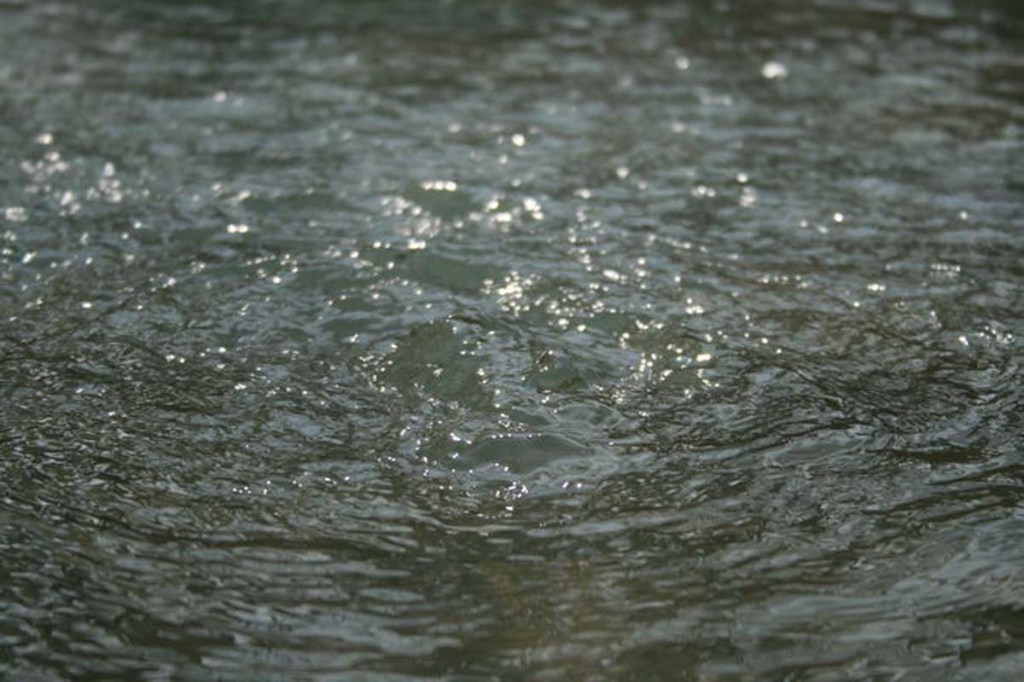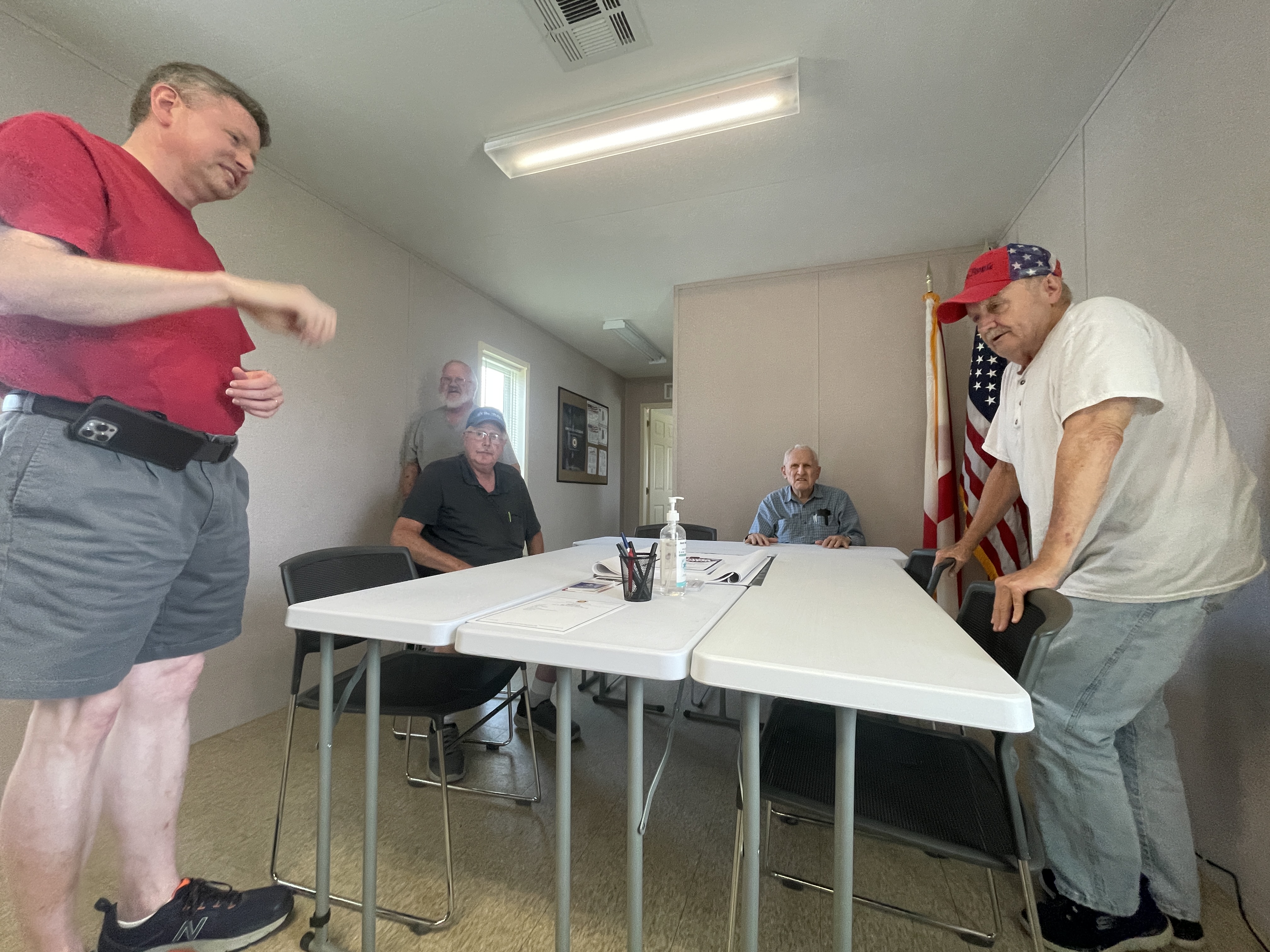Corrosive groundwater threatens New England homes with private wells
Published 8:15 am Thursday, September 15, 2016

- Water
BOSTON — Thousands of private wells in Massachusetts and New Hampshire are at risk of contamination by corrosive groundwater, which can lead to health problems when encountering copper and lead in old pipes, according to a new federal study.
The U.S. Geological Survey, which studied test results from wells over several years, found Massachusetts and New Hampshire among 11 states with a “very high prevalence” of corrosive groundwater.
Joe Ayotte, a hydrologist with the New England division of the U.S. Geological Survey, said the naturally corrosive water is not dangerous, itself. But it can react with certain pipes and home plumbing fixtures — those made of lead or copper — causing metals to enter the water.
“The northeast clearly has a much higher potential for corrosive water than other parts of the country. There’s a number of factors contributing to that — including the acidity of the water, which can cause copper and lead to leach into the water,” he said.
Most susceptible are lead pipes or fittings in homes built before 1930, as well as lead solder used in copper fittings in homes built before the late 1980s. Both are prevalent in New England homes.
Public water supplies are regulated by the U.S. Environmental Protection Agency but maintenance, testing and treatment of private water supplies are the responsibility of homeowners.
In Massachusetts, the state Department of Environmental Protection provides homeowners with basic information about maintaining and testing private wells, but enforcement lies with health officials.
Roughly 44 million people in the United States get water from private wells, according to the EPA. Surveys suggest that many are unaware that basic testing should be done to ensure safe drinking water.
The Geological Survey says signs of leaching of metals may include bluish green stains in sinks, a metallic taste to the water, and small leaks in plumbing fixtures.
While most Massachusetts residents get drinking water from municipal systems, which treat it for contamination, more than 530,000 people draw their water from wells, according to state estimates. Those wells are not subject to state or federal requirements for testing and treatment.
State officials recommend testing for lead every 10 years, with yearly testing for bacteria, nitrates and other contaminants.
Nearly 5,000 children tested positive for elevated lead levels in 2014, according to the state Department of Public Health. Lead poisoning can cause learning disabilities, behavioral problems, organ failure and death, according to public health officials. Young children are especially vulnerable.
Deborah Rogers, Newbury’s health agent, said untested private wells could contain a number of other contaminants, as well.
“Coliform, lead, copper, arsenic, nitrates, radon and any kind of metals — those can be a major concern,” she said.
E. coli, found in the intestines of animals and humans, also can leach into water wells from stormwater runoff or leaking septic tanks, she said. The bacteria cause diarrhea. For some people — especially children and the elderly— it can lead to kidney failure and death.
Health officials in Haverhill refer the owners of more than 900 private wells to a handful of testing laboratories.
“That’s as far as we go. There’s nothing on our books that requires them to test it,” said said Mark Tolman, a city health inspector.
Banks require people getting mortgages to bring private wells and septic systems into compliance with local codes, and that typically means testing water quality, Tolman said. But not everyone with a private wells conducts regular testing.
“Some people are really concerned about it and get the testing done regularly,” he said. “But others don’t seem to care.”
The USGS report can be found here.
Christian Wade covers the Massachusetts Statehouse for the North of Boston Media Group’s newspapers and websites. Reach him at cwade@cnhi.com.





